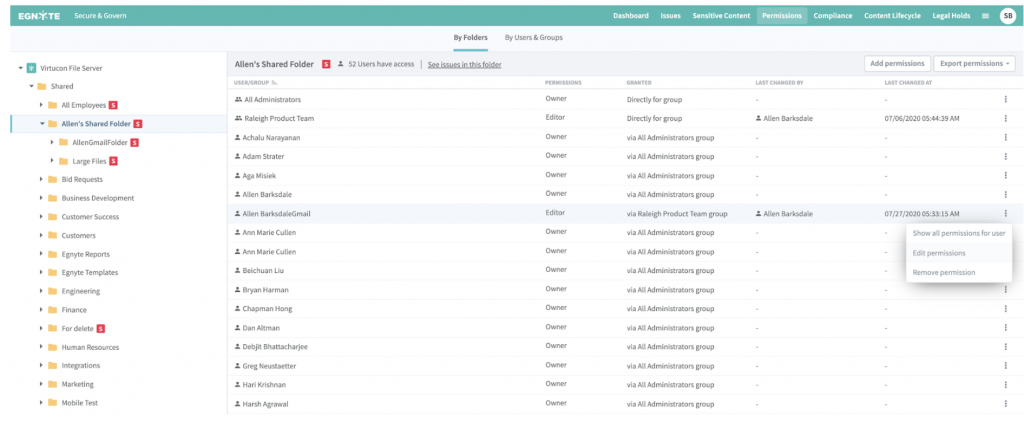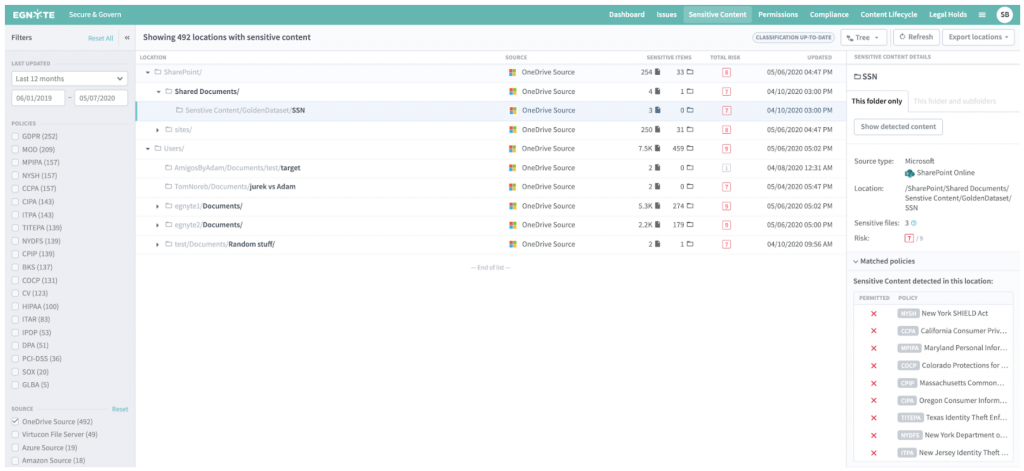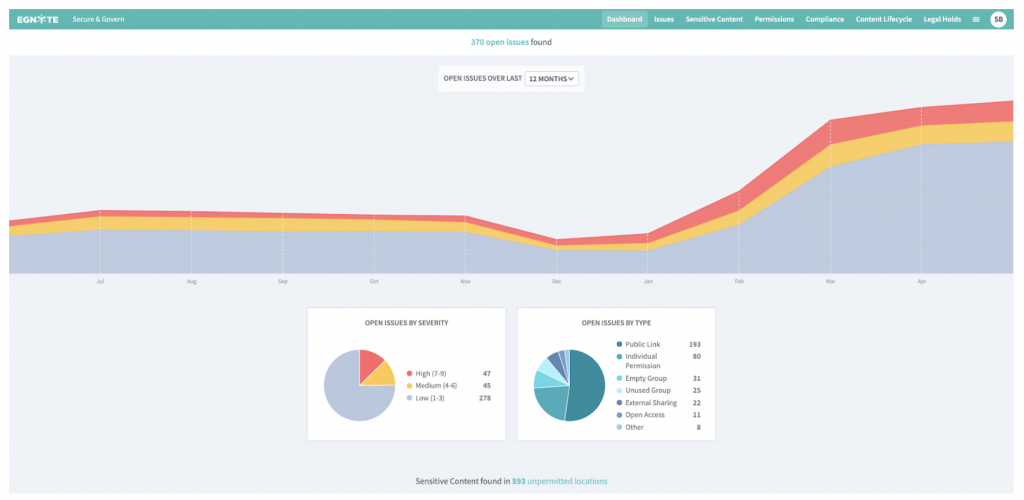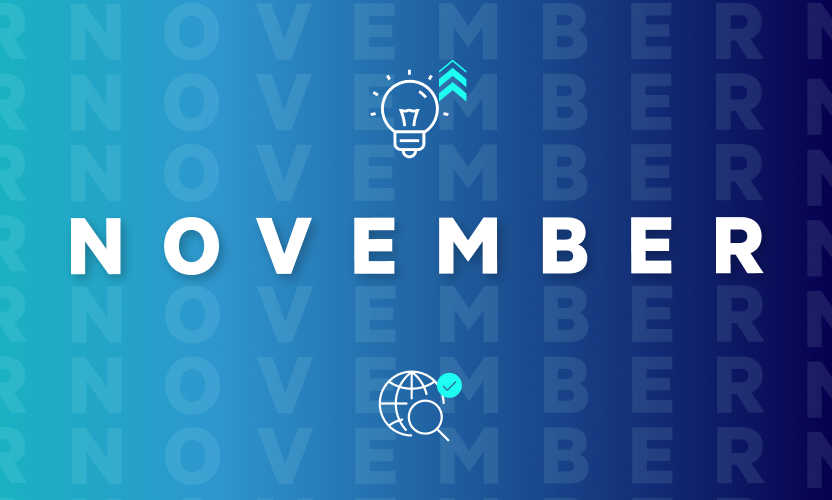
How Egnyte and Microsoft Tackle Content Governance for Teams
I sometimes wish someone with gravitas had said, “There is no content without security.” That would have looked good coming from Churchill or Lincoln. But their lack of foresight about content services doesn’t diminish a very important fact, one that carries its own brand of import: the importance of security and governance for a company’s critical data.
Content is data in human-readable form. It represents the largest source of data growth for modern businesses, and the toughest to manage and control. Whether it’s documents, images, videos, schematics, or 3-D renderings, humans, not machines, are the ultimate end users of all this content, and that creates enormous value but also risk. And, unlike structured databases, unstructured information must be first structured in order to understand what data is sensitive and who should (or should not) have access to it.
The Egnyte Platform was architected to place security closest to the source of risk: enterprise content and the humans that interact with it. It weaves data security into every layer of enterprise file sharing with unusual user behavior detection to deter insider threats and compromised accounts, as well as signature-based and zero-day ransomware detection.
The significance of this is best understood in the context of volume. First, consider that Microsoft Teams now has 75 million daily active users. All those users sit in front of a vast number of ways to create content, share it, change it, and store it. Every day, those users make decisions that impact the future of their business by being able to access relevant data. That’s a major boon for productivity. It’s a major problem if it falls into the wrong hands.
No one has to approve a spreadsheet that is created by a CFO, shared among her team, and then stored in the cloud. That’s happening all day long, and users barely have to think about the sensitivity of their data; their goal is to put it to use. But if that spreadsheet isn’t protected, it could be impacted by a ransomware attack and do a great deal of harm. The risk is too great, so content needs protection and governance so IT teams have visibility into the content they have, how it’s being accessed and used, and to detect behavioral anomalies. Security and governance have to be applied to all content that’s used and transacted in Microsoft Teams; it’s an enterprise imperative. But this covers a broad array of content and file types, so minimizing the risk of internal and external threats requires content intelligence and content data governance that gets woven into every layer of the file sharing and collaboration architecture.
In Egnyte, user authentication via two-step verification and encryption of data and content—both in transit and at rest—helps secure the content environment at a foundational level. The Platform gives granular sub-folder permissions in addition to admin-level policies and continuous monitoring to ensure that only the right people have access to the right content. It does it like this:

1. Limits the exposure of your business data
Egnyte applies machine learning to the task of identifying and safeguarding critical content by detecting insider/outsider threats, compliance violations, and other risk scenarios. The use of AI adds automated mitigation for these threats across the Microsoft ecosystem, including data in Azur

2. Provides visibility into content in all repositories
IT admins have the ability to monitor files containing personal data across multiple data repositories. Whether it’s Egnyte, Windows File Servers, SharePoint, SharePoint Online and/or OneDrive for Business, you have real-time risk assessment and alerts to help you take corrective action before your business is impacted.

3. Delivers compliance coverage of GDPR and other regulatory requirements
Maintaining adherence to compliance standards while balancing the need for access to content is a continuous endeavor for every company. But to do it effectively, you have to first be able to identify and understand the content that exists in your files, and that includes the files you’re using in Teams.
With pre-defined classification templates, Egnyte admins are able to locate and help admins control data regulated in various jurisdictions and industries. This ensures that all content repositories -- those in the cloud, on-premises, or even in multi-cloud and hybrid environments -- can operate in accordance with standards like PCI-DSS, HIPAA, GLBA, GDPR, and others.
An example of how this might work is in the context of GDPR and CCPA, where organizations need a way to run subject access requests (SAR) within a specified time frame. Egnyte provides the functionality for users to run the SAR requests across Egnyte and Microsoft repositories. The breach reporting capability within Egnyte also provides targeted visibility into attacks so security teams can rapidly initiate incident response measures.
In a cloud deployment model like Egnyte, users get access to new compliance templates as soon as they are deployed. With hundreds of new laws in the works across the globe, this means no hardware or software updates, just seamless access.
Learn more:
- Egnyte for Microsoft Teams
- Bringing Egnyte Content Into Microsoft Teams
- Enhance Egnyte capabilities in Microsoft Teams through Collaboration Tab and Messaging Extension
- Watch our Microsoft Teams Democast





